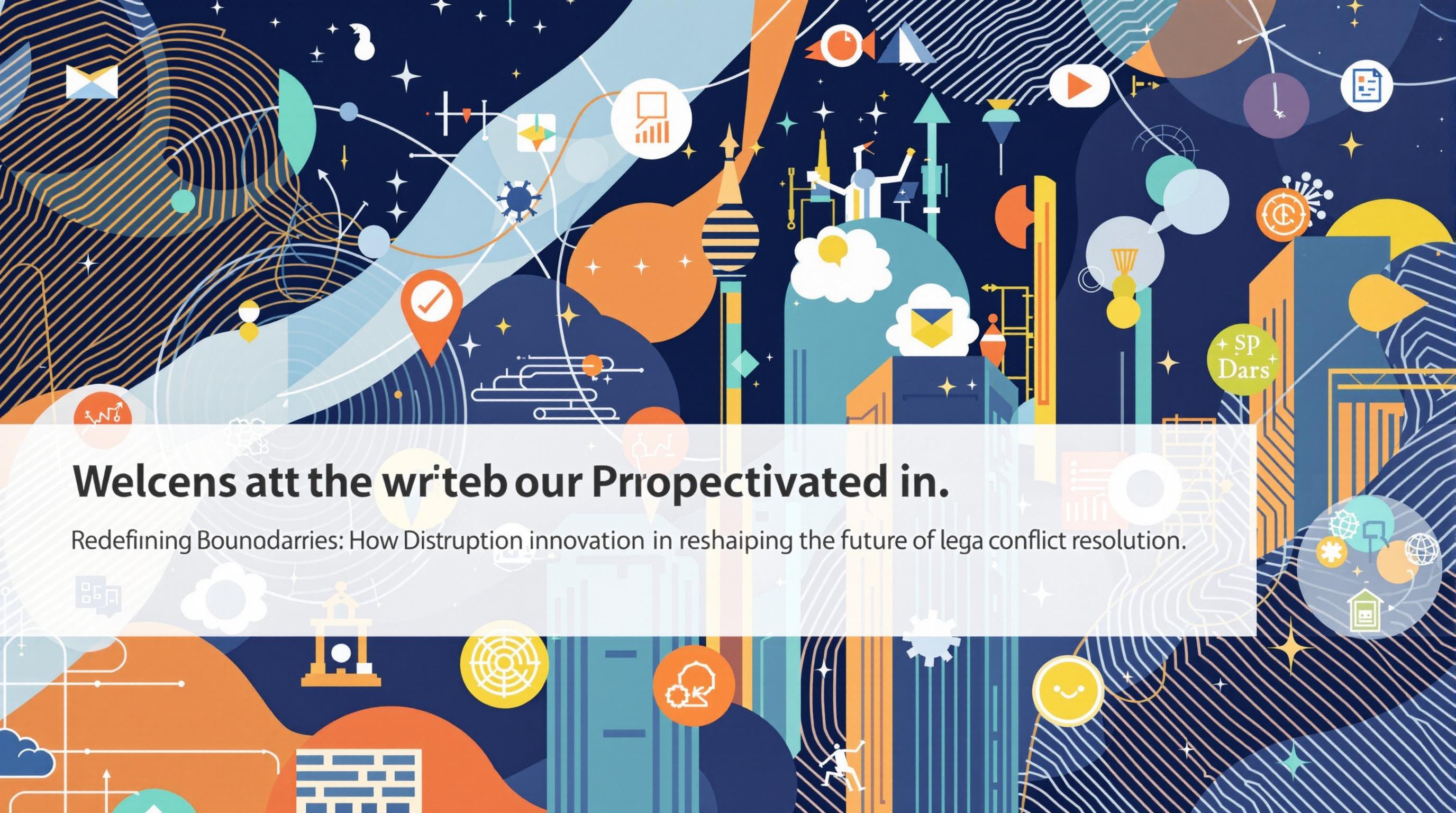Related Articles
- Redefining Boundaries: How Disruptive Innovation is Reshaping the Future of Legal Conflict Resolution
- The Future of Litigation: How Virtual Reality is Transforming Trial Preparation and Witness Testimony
- The Hidden Power of Narrative: Crafting Compelling Legal Stories Amidst Procedural Complexity
- Evolving Benchmarks: The Unexpected Impact of Pop Culture on Legal Precedents and Jury Perception
- Jurisdictional Jigsaw: How Globalization is Redefining Legal Practice and Client Representation in Uncharted Territories
- Legal Futures: The Overlooked Impact of Augmented Reality on Contract Negotiation and Dispute Resolution
The Quiet Influence of Social Media Culture on Modern Legal Advocacy Techniques
The Quiet Influence of Social Media Culture on Modern Legal Advocacy Techniques
The quiet influence of social media culture has transformed modern legal advocacy techniques, introducing innovative strategies and new challenges. This article explores the various facets of this influence, including case studies, statistics, and the changing landscape of public engagement in the legal field.
The Rise of Digital Communication in Law
Once upon a time, legal advocacy was primarily confined to the courtroom and formal legal documents. However, with 4.4 billion people using social media worldwide as of 2023 (Statista), lawyers today can engage with an often-disengaged public in ways that were unimaginable just a few decades ago.
The New Legal Influencers
In the age of Instagram and Twitter, legal professionals have emerged as social media influencers. For example, attorney and public speaker, M. J. Murdock, boasts over 150,000 followers on Twitter, regularly breaking down complex legal issues in digestible terms. This trend highlights a shift in legal advocacy from traditional methods to a more relatable, human approach.
Case Study: The #MeToo Movement
One profound example is the #MeToo movement, which not only galvanized public opinion but also influenced legal proceedings regarding sexual harassment and assault. The visibility generated by social media campaigns mobilized legal advocates to push for legislative changes. A survey by the Pew Research Center found that nearly 50% of Americans reported being more aware of sexual harassment issues because of social media coverage (Pew Research Center, 2023).
Engagement through Storytelling
Legal advocacy has always heavily relied on narratives—presenting a compelling case that resonates with juries and judges alike. Today, storytelling has taken on a new dimension through social media. Lawyers can now utilize platforms like TikTok and YouTube to share real-life stories of clients, thus humanizing legal issues.
Imagine scrolling through TikTok and coming across a legal case where a young woman overcame a predatory landlord. That’s a far cry from the dusty courtrooms of the past! Using storytelling, advocates have transformed legal cases into relatable content that engages the younger demographic more effectively.
The Power of Visuals
Visual platforms like Instagram have introduced a new variable in legal advocacy. Infographics and short explainer videos can clarify complex legal principles in a matter of seconds. In fact, studies indicate that visually engaging material can increase understanding by up to 80% (HubSpot, 2023). So why send a 20-page brief when you can create an infographic that captures attention on social media?
Borderless Advocacy
In the past, geographic boundaries often hindered legal advocacy efforts. However, social media has dissolved these barriers. A lawyer in New York can work in tandem with one in Sydney to advocate for global human rights issues, reaching a collective audience of millions. By sharing content, soliciting support, and crowd-sourcing legal advice, advocates are now connected like never before.
For instance, the case of Edward Snowden demonstrates how lawyers leveraged social media to rally support from an international audience. As details surrounding his disclosures emerged, legal advocates effectively used platforms like Facebook and Twitter to advocate for his cause, raising awareness and eliciting public reaction across the globe.
Challenges in a Digital World
While social media holds immense potential for legal advocacy, it also poses significant challenges. One such challenge is misinformation. In the rush to create viral content, advocates may inadvertently spread false information, which could undermine public trust in the legal system. A 2022 survey found that 62% of respondents who followed high-profile legal cases on social media reported confusion regarding verified information (Ipsos, 2022).
Balancing Act: Ethics and Transparency
As legal professionals navigate these new channels, ethical dilemmas abound. Can a lawyer use a client's story for social media promotion without crossing privacy lines? How much can one share while remaining compliant with legal ethics? A survey conducted by the American Bar Association found that nearly 70% of lawyers felt they lacked clear guidance on how to ethically manage their online presence (ABA, 2023).
The balance between authenticity and professionalism can be tricky. For instance, posting a light-hearted meme about legal nuances may resonate with followers, but it may also lead some to question the seriousness of a legal professional's image.
Paving the Way for the Future
As a 25-year-old legal assistant, I remember my first day in a law firm. We were meticulously proofreading legal letters, but I couldn’t help but wonder: where would we be in five years? Today, young legal minds are leveraging technological advancements to reshape the future of the field. The emergence of platforms like Discord for sharing legal advice in real-time is a testament to the adaptive nature of legal advocacy.
Avenue for Social Change
Moreover, social media platforms are becoming a vital tool for social justice movements. Initiatives such as “Law For Black Lives” leverage social media to educate and train legal advocates on issues affecting marginalized communities. This engagement empowers individuals to take charge of their rights and amplifies voices that would generally be sidelined.
Conclusion
The social media revolution is here to stay; it has quietly, yet profoundly, influenced legal advocacy techniques across the globe. By embracing both the opportunities and challenges presented by these platforms, legal professionals can enhance their ability to engage, inform, and advocate for change. As we look to the future, it is evident that advocacy is no longer just about courtrooms but encompasses the very fabric of society, woven together by the threads of digital communication.
So, what’s next in this evolving landscape? Stay tuned, as the legal world continues to adapt to our fast-paced, information-driven society—just remember to scroll responsibly!




